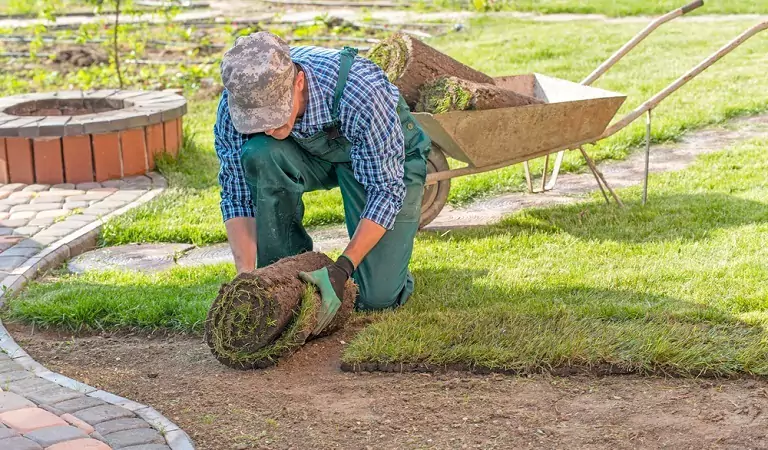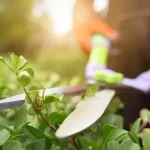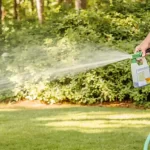
Is Thatch Harming Your Lawn? A Simple Guide To Manage It
Creating a vibrant, blooming, lush and green lawn is the ultimate dream of every homeowner. But maintaining its pristine beauty all year round requires a lot of elbow grease, patience and gardening proficiency. With regular mowing, pruning, trimming and mulching, you may overlook sneaky thatch over your garden bed. It is a layer of organic material, such as dead and living grass stems and rooms, affecting your yard's soil health and overall appearance.
Fret not! In this guide, we’ll discover the best ways to spot thatch in your lawn and discuss effective tips to manage it. You can also prefer hiring professionals for quality lawn mowing Australia services to help maintain your beautiful and thriving outdoor space all year round. This will help you keep a close eye on potential enemies, including thatch. It can help provide enough water and nutrients to the soil, preventing your trees and plants from pests and other insects.
Let’s Get Started!
1. What Does Thatch Mean?
Thatch is a blend of living and dead plants that develops at the bases of your lawn. It occurs underneath the grass soil. The organic matter decomposes slowly, causing root damage and pest infestation. While a thin layer of thatch (up to half an inch) can help moisture retention and insulation, a thick layer can cause serious damage to your lawn.2. What are the Side Effects of Excess Thatch in Lawn?
A thick layer of thatch over the grass bed can do the following harm:Blocks Water and Nutrient Absorption
Thatch, or a thick layer of organic matter, looks like a sponge, soaking water and other key nutrients before penetrating the soil. This can affect your soil's health, ruining your lawn's lush, green feature over time.Leads to Pest Infestation
The thatch can lead to a damp and warm environment between the grassroots and the soil, causing pest infestation, such as chinch bugs, fungal diseases and sod webworms. This can affect the health of your plants.Prevents Airflow
There is no denying that grass roots need enough oxygen for plant growth. Unfortunately, a thick layer of thatch can build up and restrict airflow between the soil and the surface, making your grass look dull and yellowish. That's one of the reasons why it is recommended a regular lawn mowing Australia service to maintain your beautiful lawn and the soil health.3. How to Check for Thatch Buildup in Your Lawn?
If you want to see if the thatch harms your yard in Australia, make sure you dig up a small wedge of turf using a garden trowel or shovel. Carefully check the layer between the grass bed and the soil. If there is a spongy yet dense brown layer of more than half an inch, you'll need to dethatch the surface carefully. Apart from this, regularly prune your plants to prevent the buildup of unwanted dead leaves and grass.4. How to Remove Thatch Carefully like a Pro?
There is no rocket science behind removing a thick thatch layer from the garden. Instead of doing the job abruptly, follow the steps carefully and achieve the best possible results without causing any damage:- Mow your lawn to a height of 15 or 20mm. This makes it easy to reach the thick layer in a breeze.
- Water your yard enough a day before you scarify the thatch. It will save you a lot of time and energy.
- You may need a scarifier or power rake from a local gardening shop near your area. It is a tool that utilises vertical blades to break down the thatch layer and pull it up to the soil surface for effective removal, while a power rake uses tines to pull the thatch up easily.
- Adjust the blades to the appropriate depth
- In this step, scarify your lawn by overlapping each pass to get rid of excess thatch for the surface
- Rake up the organic matter and dispose of it carefully to reduce green waste.
- Don’t forget to water your lawn to avoid unnecessary stress.
5. Easy Tips to Manage Lawn Thatch
A thin layer of thatch is good for your lawn health. However, it is important to prevent excessive buildup. Here are some easy tips to manage it like a pro:- Regular Mowing at the Correct Height: You can hire experts for lawn mowing Australia to maintain your garden bed. This is because mowing too low could cause damage to the grass, leading to thatch accumulation.
- Say No to Over Fertilisation: Excessive fertilisation allows the grass to grow fast. This can also lead to thatch condition. Also, use chemical free weed killer to promote soil health.
- Don’t Over Water: Frequent watering your lawn can also lead to shallow root growth and thatch accumulation.
- Aerate the Lawn: This is one of the important things to help break down compacted soil and boost root health.
- Make the Most of Mulching Mower: It can help cut the grass clippings and return them to the soil. This can also reduce the buildup of organic debris over your garden bed.










